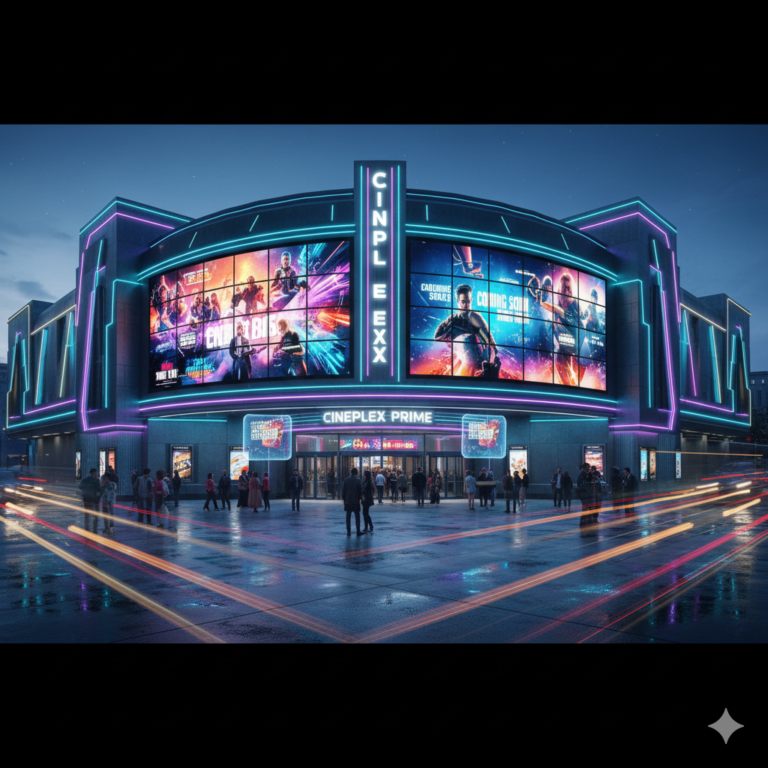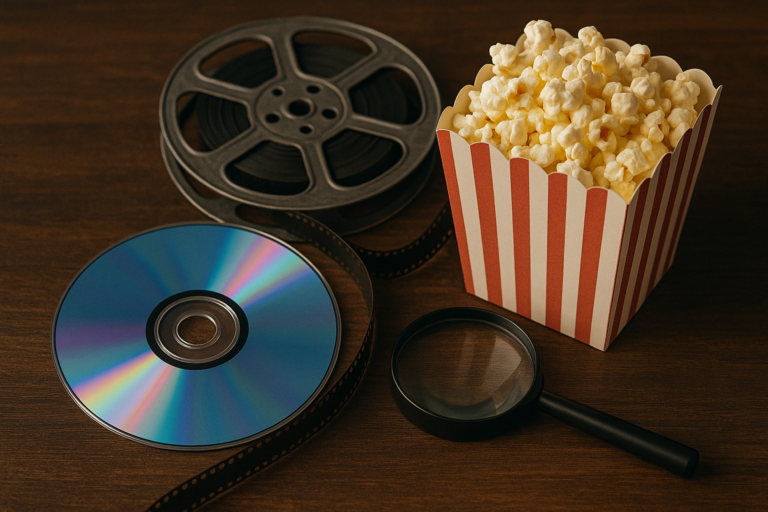### Common Romantic Tropes in Movies and Their Effectiveness
Romantic comedies and dramas often rely on familiar storylines and character archetypes to capture audiences’ hearts. These common romantic tropes have been used in various movies and TV shows, and their effectiveness can be attributed to their ability to create engaging narratives and relatable characters. Let’s explore some of the most popular romantic tropes and why they work so well.
#### 1. Enemies to Lovers
The “enemies to lovers” trope is one of the most enduring and beloved in romantic fiction. This storyline typically begins with characters who are at odds with each other, often due to their opposing personalities or past conflicts. Over time, their animosity turns into attraction, and they eventually fall in love. This trope is seen in classic films like “Much Ado About Nothing” by Shakespeare and modern movies like “The Proposal” (2009) and “10 Things I Hate About You” (1999).
The effectiveness of this trope lies in its ability to create witty banter and snarky comebacks, which add humor and tension to the story. The gradual transformation from enemies to lovers makes the final romance more satisfying and believable.
#### 2. Good Girl and Bad Boy
The “good girl and bad boy” pairing is another popular trope. This dynamic often involves a sweet and innocent character who falls for someone who is rough around the edges or has a troubled past. This contrast between the two characters creates an intriguing and often dramatic love story. Examples include “She’s All That” (1999) and “Fifty Shades of Grey” (2015).
This trope works because it taps into the audience’s fascination with the idea of a “bad boy” who has a softer side. The good girl’s influence can help transform the bad boy, making him a more appealing and complex character.
#### 3. Forced Proximity
Forced proximity is a trope where characters are thrown together in a situation that makes them spend a lot of time together, often leading to romance. This could be due to travel, work, or other circumstances that force them to rely on each other. Movies like “The Holiday” (2006) and “Palm Springs” (2020) use this trope effectively.
The effectiveness of forced proximity lies in its ability to create a sense of urgency and intimacy. The confined space or situation forces characters to confront their feelings and emotions, leading to a deeper connection.
#### 4. Friends to Lovers
The “friends to lovers” trope involves characters who start as friends but eventually develop romantic feelings for each other. This storyline is common in movies like “When Harry Met Sally” (1989) and “Love, Actually” (2003).
This trope works because it allows the audience to see the characters’ relationship evolve naturally. The transition from friendship to romance is often more believable and satisfying because it’s based on a foundation of trust and understanding.
#### 5. Miscommunication
Miscommunication is a classic trope in romantic comedies. It involves characters who misunderstand each other, leading to comedic situations and eventually, a deeper understanding and love. Movies like “How to Lose a Guy in 10 Days” (2003) and “27 Dresses” (2008) use this trope effectively.
The effectiveness of miscommunication lies in its ability to create humor and tension. The misunderstandings often lead to hilarious situations, but they also provide opportunities for characters to grow and learn from each other.
### Conclusion
Romantic tropes are essential in making movies and TV shows engaging and relatable. By understanding these common storylines and character archetypes, creators can craft narratives that resonate with audiences. Whether it’s the witty banter of enemies to lovers, the contrast of good girl and bad boy, or the intimacy of forced proximity, these tropes have been used to create some of the most beloved romantic stories in cinema history.


